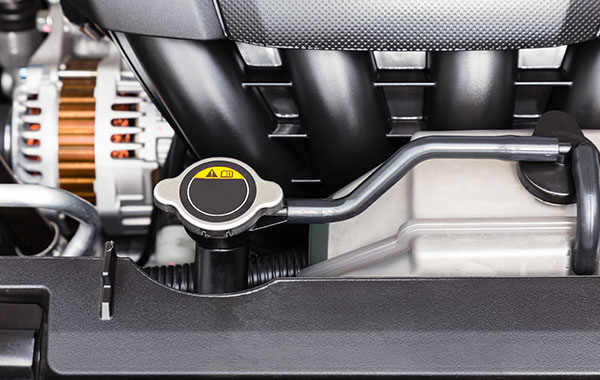How to Complete a Radiator Flush

Flushing your radiator helps remove any dirt, rust, or sediment which may hamper its performance and the overall cooling system. Over time, these contaminants can cause blockages or corrosion inside the radiator, leading to overheating and potential engine damage. Regularly flushing your radiator can help prolong its life and the life of your engine. Here's a step-by-step guide:
Safety First:
Always ensure the engine is cool before you begin. Hot coolant can cause burns.
- Wear safety goggles and gloves.
- Always work in a well-ventilated area.
- Dispose of old coolant properly as it's toxic to humans and animals.
Steps to Flush a Radiator:
Prepare Your Supplies:
- Radiator flush solution
- Fresh coolant
- A large container or bucket
- Wrench
- A hose
Turn off the Engine:
Ensure your car engine is cool. It’s best to wait a few hours after driving.
Open the Radiator Cap:
Slowly twist the radiator cap off. Be cautious, even if the engine is cool, the system may still be under pressure.
Drain the Old Coolant:
- Place your bucket or container underneath the radiator drain plug.
- Using a wrench, carefully open the drain plug and let the old coolant flow into the container.
- Once fully drained, replace the plug securely.
Add the Radiator Flush Solution:
- Pour the flush cleaning solution into the radiator.
- Fill the rest of the radiator with water.
- Replace the Radiator Cap.
Run the Engine:
Start the car and let it run until it reaches its normal operating temperature. Turn on the heater to its hottest mode; this ensures the flush goes through the heater core as well.
Let the engine run for the time specified on the radiator flush product (usually 10 to 15 minutes).
Turn off the Engine and Let it Cool.
Drain the Radiator Again:
Remove the radiator cap and open the drain plug. Let the flushing solution drain into your container.
Refill the Radiator with Fresh Coolant:
Close the drain plug.
Pour in the new coolant, ensuring it's the correct mixture (usually a 50/50 mix of water and antifreeze, but always check your vehicle’s specifications).
Bleed the System:
Start the vehicle with the radiator cap off and allow it to run until the thermostat opens (you'll see the coolant level drop in the radiator). This removes any air trapped in the system. Add more coolant as necessary.
Check for Leaks and Replace the Radiator Cap.
Dispose of Old Coolant Properly:
Remember, antifreeze is toxic. Don't pour it down a drain or onto the ground. Store it in a sealed container and take it to an automotive shop or a hazardous waste facility for proper disposal.
Important Note
Always refer to your vehicle's owner manual for any specific instructions related to your make and model.
If you're uncomfortable with any steps or the process in general, it's advisable to seek the help of a professional.
